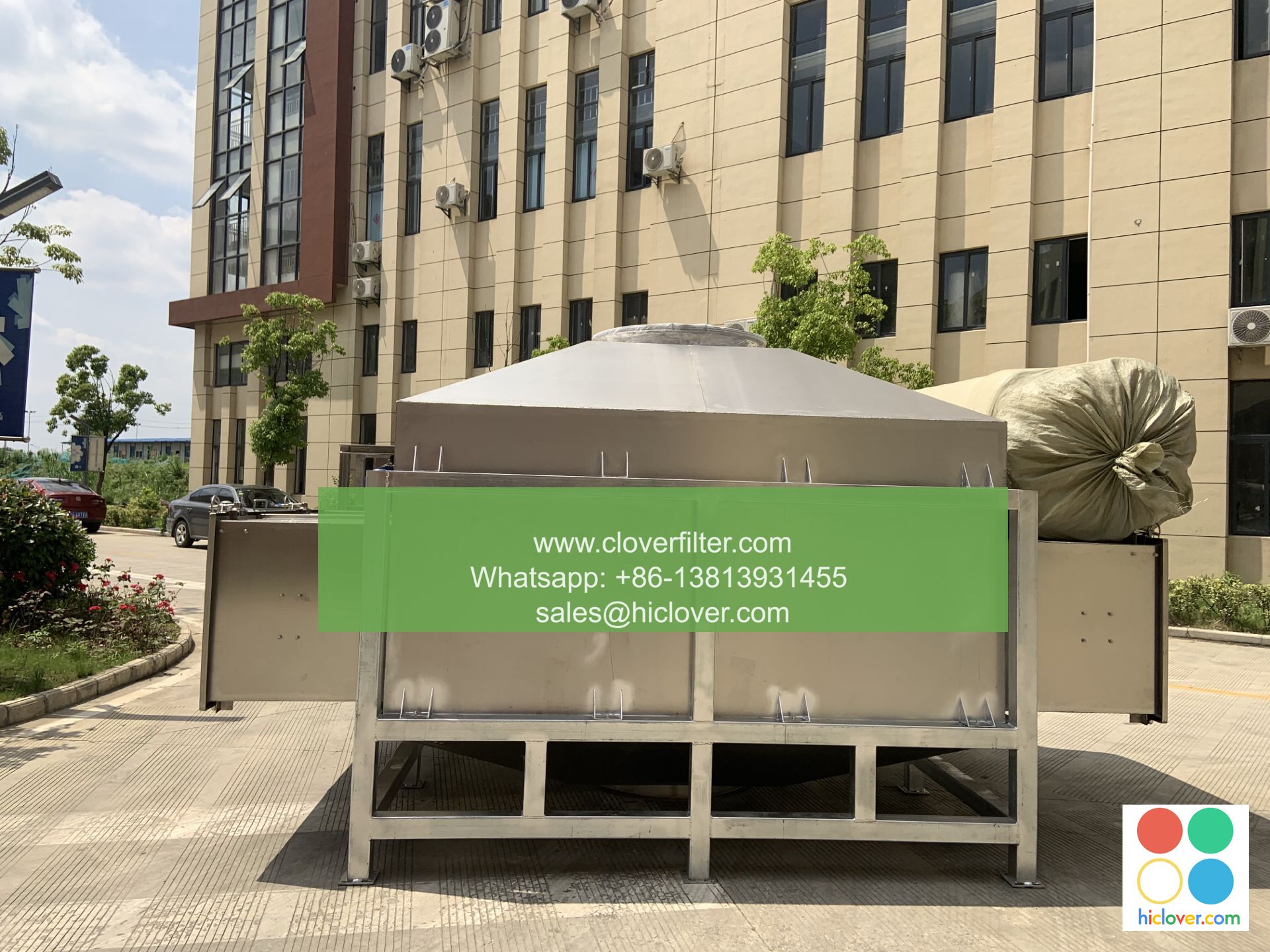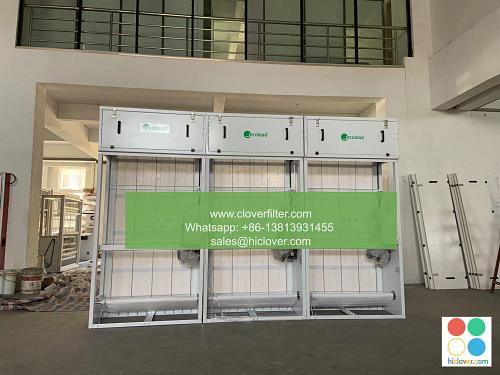Designing Efficient Cleanrooms with Automatic Roll Air Filters in Quebec

Designing efficient cleanrooms is crucial in various industries such as pharmaceuticals, biotechnology, and aerospace, where contamination control is paramount. In Quebec, where these industries are prominent, cleanroom design has become a key focus area. One of the critical components of a cleanroom is the air filtration system, and automatic roll air filters have emerged as a popular choice. These filters provide a high level of air purity, making them an essential component in maintaining the cleanliness and efficiency of cleanrooms.
The primary purpose of a cleanroom is to provide a controlled environment with minimal airborne particles, which could contaminate products or compromise research. Automatic roll air filters are designed to capture particles as small as 0.3 microns, including dust, pollen, and other airborne contaminants. Their automatic rolling feature allows for continuous filtering without the need for manual intervention, reducing the risk of human error and potential contamination. This not only enhances the cleanliness of the environment but also increases the efficiency of the cleanroom by minimizing downtime for filter replacements.
In Quebec, where stringent regulations govern the operation of cleanrooms, especially in the pharmaceutical and biotechnology sectors, the use of advanced filtration systems like automatic roll air filters is highly recommended. These filters are not only compliant with international standards such as ISO 14644-1 but also contribute to the reduction of energy consumption. Traditional filter systems often require more frequent replacements and may have higher pressure drops, leading to increased energy costs. In contrast, automatic roll air filters operate at lower pressures, resulting in significant savings on energy bills over time.
Designing a cleanroom with automatic roll air filters involves careful consideration of several factors, including the room’s size, the intended use, and the required level of cleanliness. For instance, a cleanroom classified as ISO 5 (Class 100) requires more stringent controls than one classified as ISO 8 (Class 100,000). The placement of automatic roll air filters, along with other ventilation components, is critical to achieve the desired airflow patterns and pressure differentials that prevent contamination. Regular maintenance and monitoring of these systems are also essential to ensure they continue to operate at optimal levels.
Furthermore, the integration of automatic roll air filters with other cleanroom technologies, such as HEPA (High Efficiency Particulate Air) filters and laminar flow systems, can enhance the overall efficiency and cleanliness of the cleanroom. This integrated approach allows for a more comprehensive control over the cleanroom environment, ensuring that products are manufactured or research is conducted under the highest standards of purity and safety.
In conclusion, designing efficient cleanrooms with automatic roll air filters is a critical aspect of maintaining high standards of cleanliness and efficiency in controlled environments. Their ability to provide continuous, high-level filtration with minimal manual intervention makes them an ideal choice for industries in Quebec that require stringent contamination control. As technology continues to evolve, the role of automatic roll air filters in cleanroom design will likely become even more pivotal, contributing to advancements in industries where cleanliness is paramount.
Frequently Asked Questions (FAQs)
Q: What is the primary benefit of using automatic roll air filters in cleanrooms?
A: The primary benefit is the ability to maintain high levels of air purity with minimal manual intervention, reducing the risk of contamination and increasing the efficiency of the cleanroom.
Q: Are automatic roll air filters compliant with international cleanroom standards?
A: Yes, automatic roll air filters are designed to meet or exceed international standards such as ISO 14644-1, making them suitable for cleanrooms that require strict contamination control.
Q: How do automatic roll air filters contribute to energy efficiency in cleanrooms?
A: They operate at lower pressures compared to traditional filter systems, resulting in significant savings on energy costs over time.
Q: What factors should be considered when designing a cleanroom with automatic roll air filters?
A: The room’s size, intended use, required level of cleanliness, and the placement of filters and other ventilation components are critical factors to consider.
Q: Can automatic roll air filters be integrated with other cleanroom technologies?
A: Yes, integrating them with technologies like HEPA filters and laminar flow systems can enhance the overall cleanliness and efficiency of the cleanroom.

